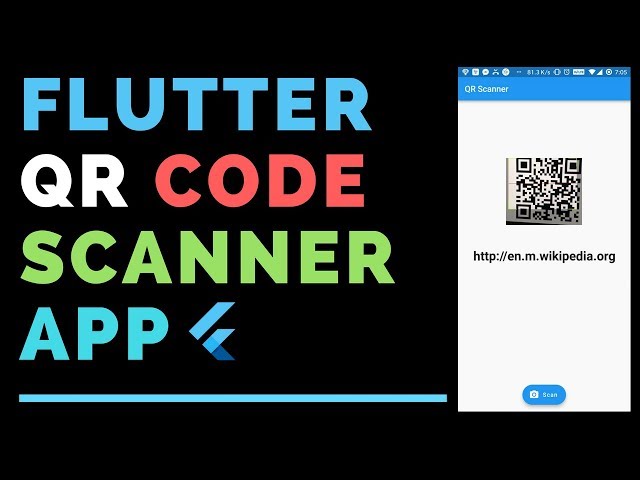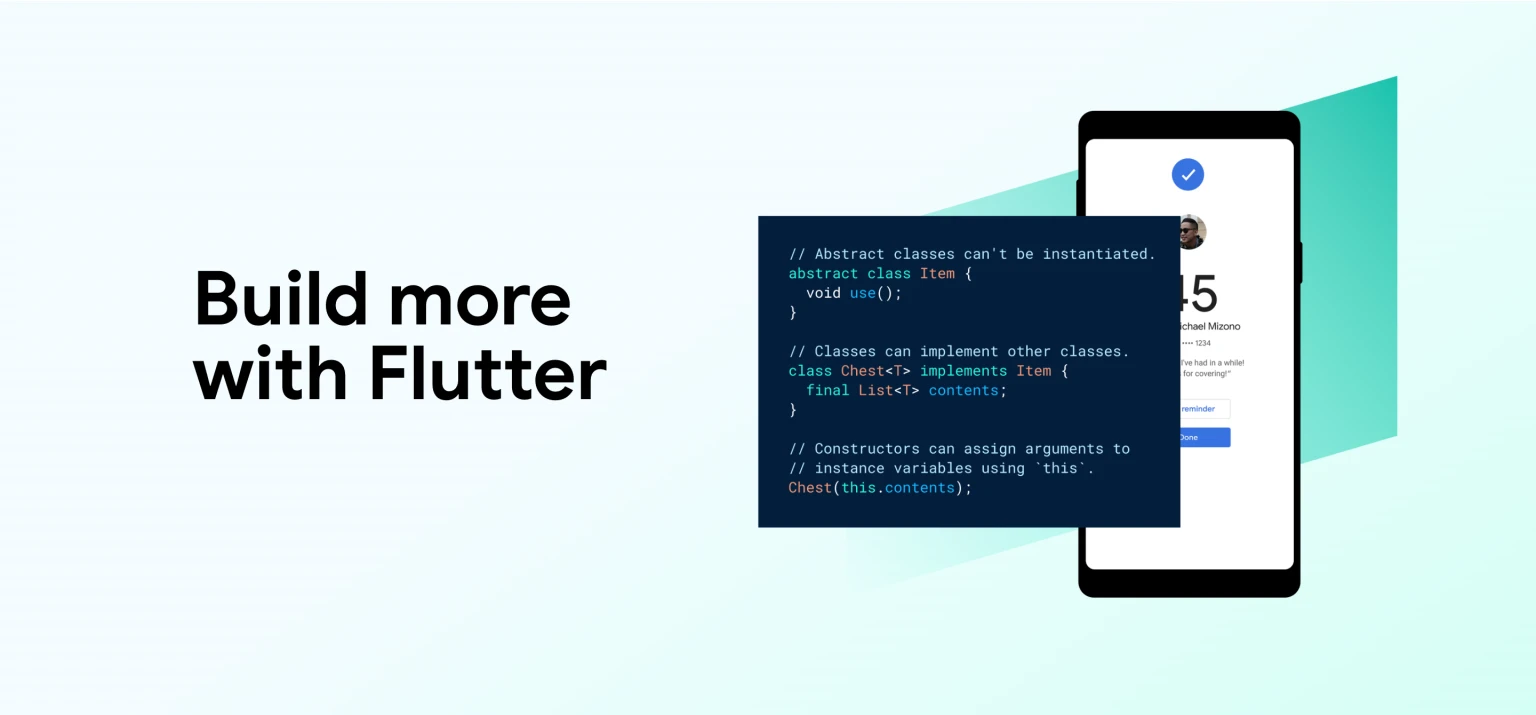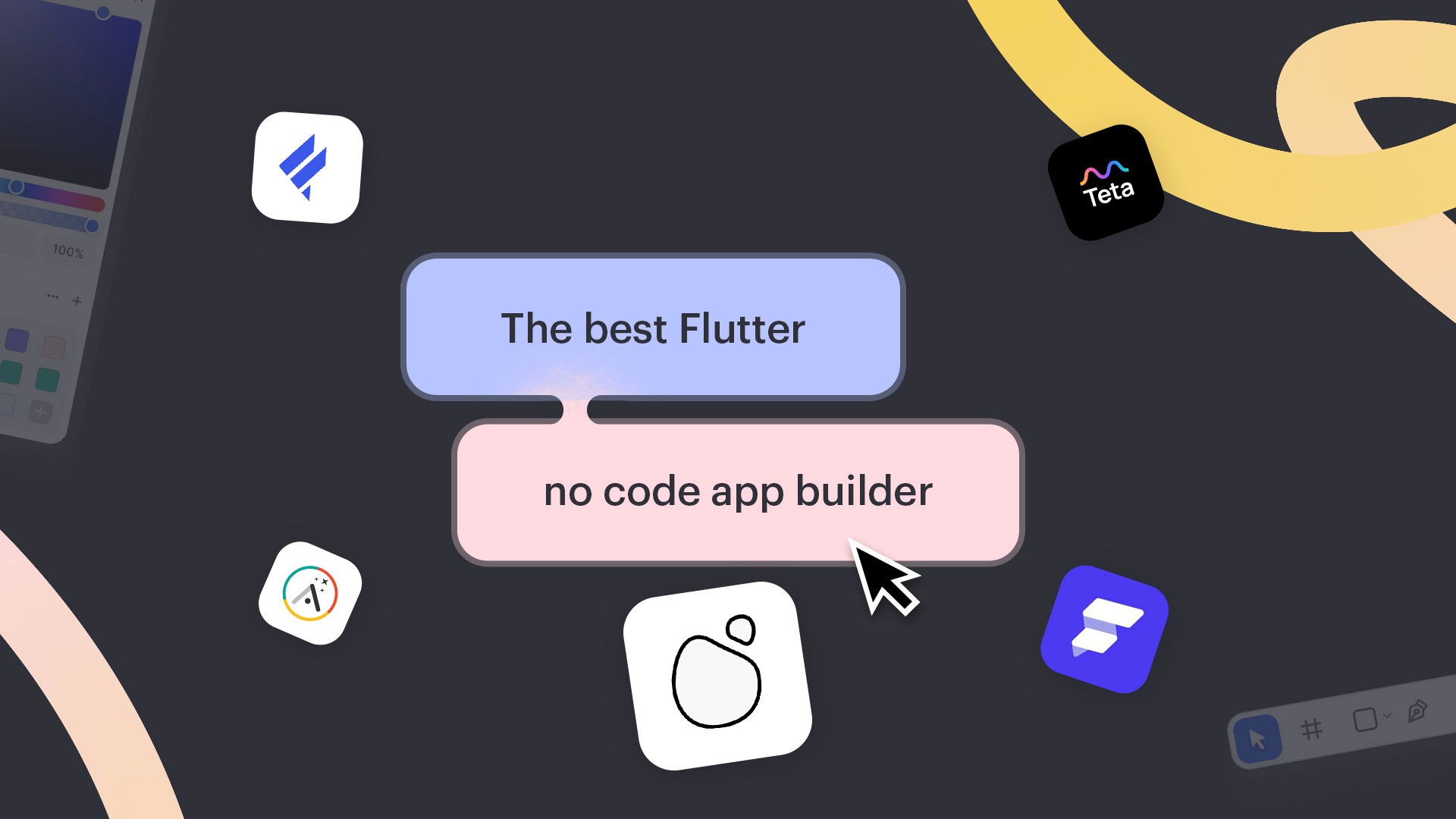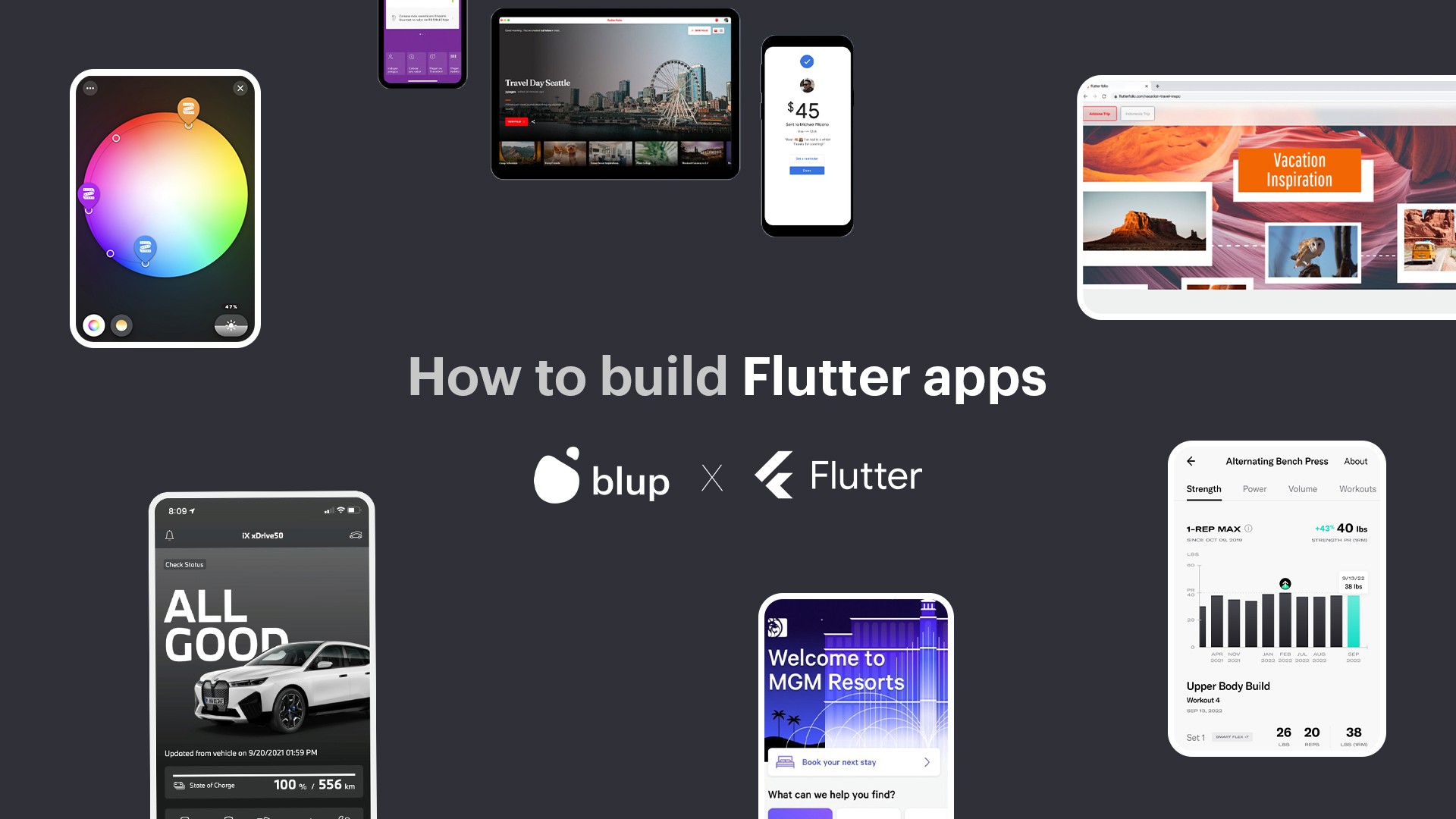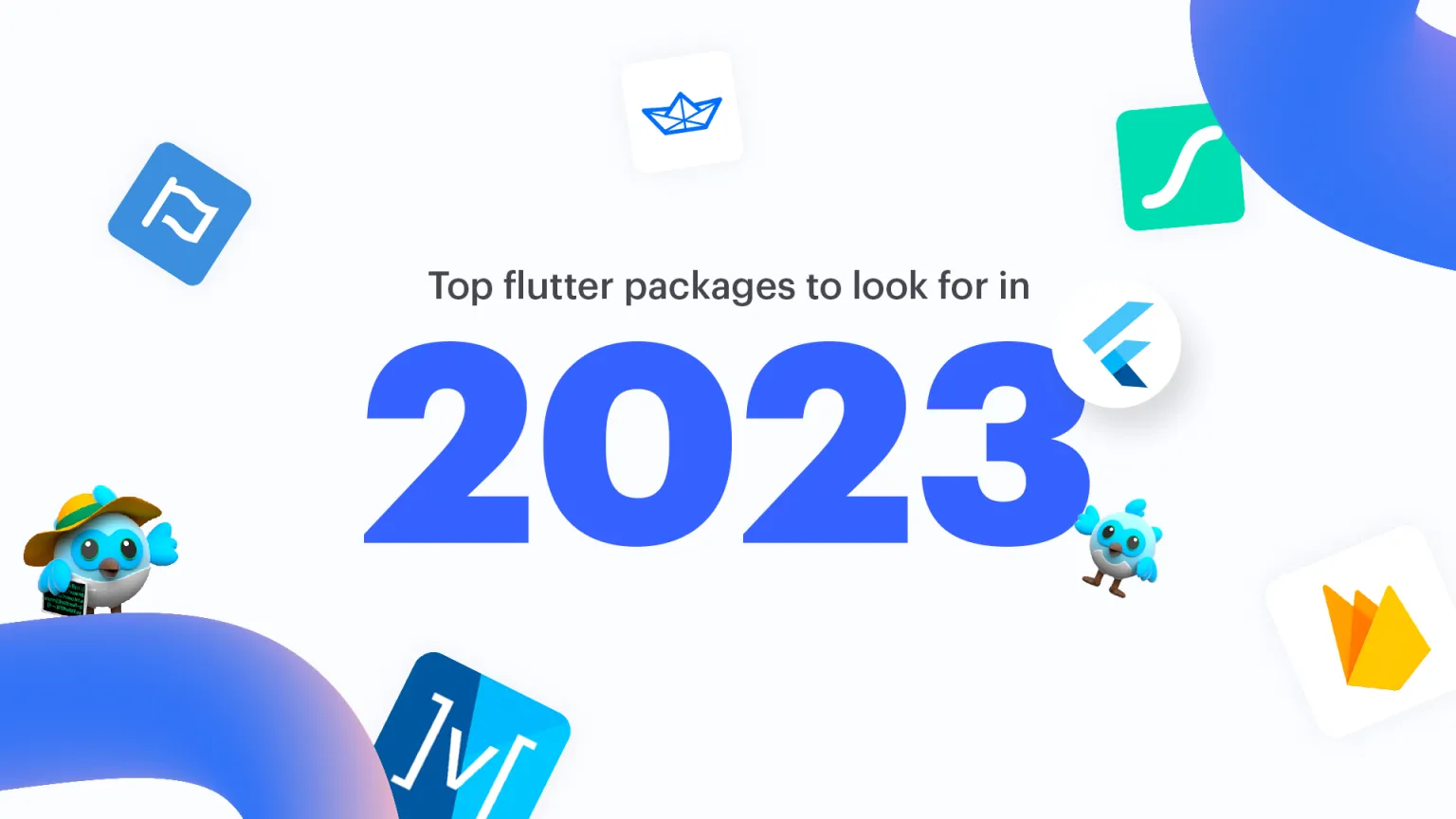
A Flutter Synopsis and History
In October 2014, the team of Google developers heard the call to 'Open The Sky,' and thus The Sky Engine was born. With time, it evolved into what we know today as Flutter - an open source UI development kit that has taken the mobile app development world by storm.
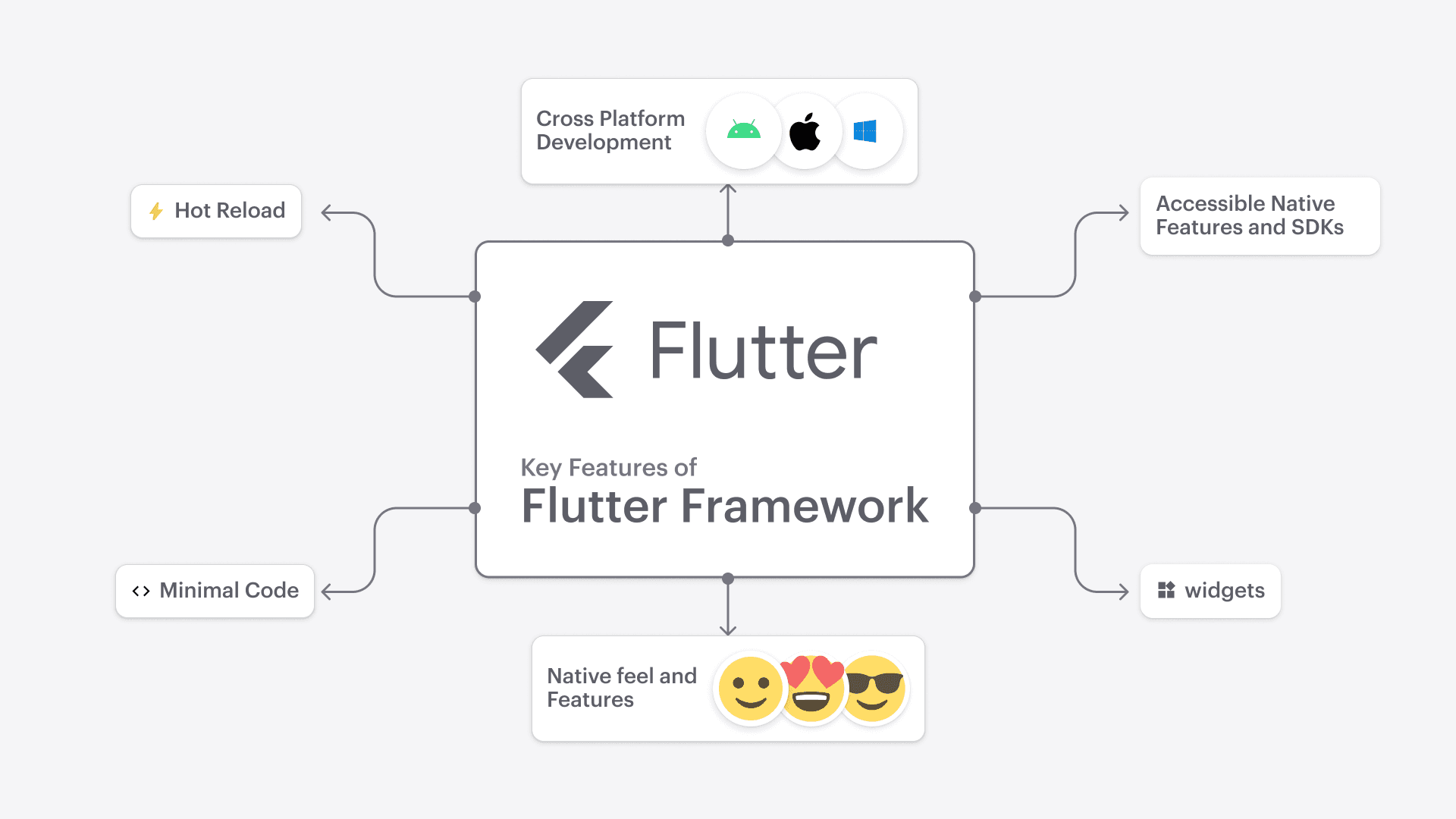
In its early days, Flutter had only one major feature - Hot Reload on Android phones. Yet, even this single feature was a game-changer, reducing Android app creation time from a grueling 7 minutes to a mind-boggling 400ms. But the vision behind Flutter was much bigger than just mobile app development.
The Google developers wanted to make the web experience faster, better, and more streamlined for all. So, they began by removing old web compatibility support from Chrome, making it 20 times faster than before. This simple experiment set in motion the creation of a cutting-edge platform that is now the preferred choice of developers worldwide.
Motives Behind Creation of Flutter
The world of mobile app development was forever changed when Eric Seidel, one of the co-founders of Flutter, made the official announcement at the DART dev summit in April 2015.
From the very beginning, the team behind Flutter had a clear vision in mind - to create a platform that was not only beautiful and high-performing but also improved the overall developer experience. But they didn't stop there. They also made it a point to keep the platform open-source and flexible, ensuring that developers could customize it to suit their needs.
And at the heart of it all was Flutter's programming language, Dart. This highly portable and user-friendly language was designed to support compilation to optimized JavaScript, as well as Intel and ARM machine code, making it the perfect choice for developers looking to create cutting-edge mobile apps.
Timeline of Flutter's development history
Flutter's journey to becoming the premier mobile app development platform was not without its share of legal battles and technological advancements. In the span of just a few years, the platform went from being called the Sky Engine to Flutter, (courtesy of few lawyers 🧑⚖️).
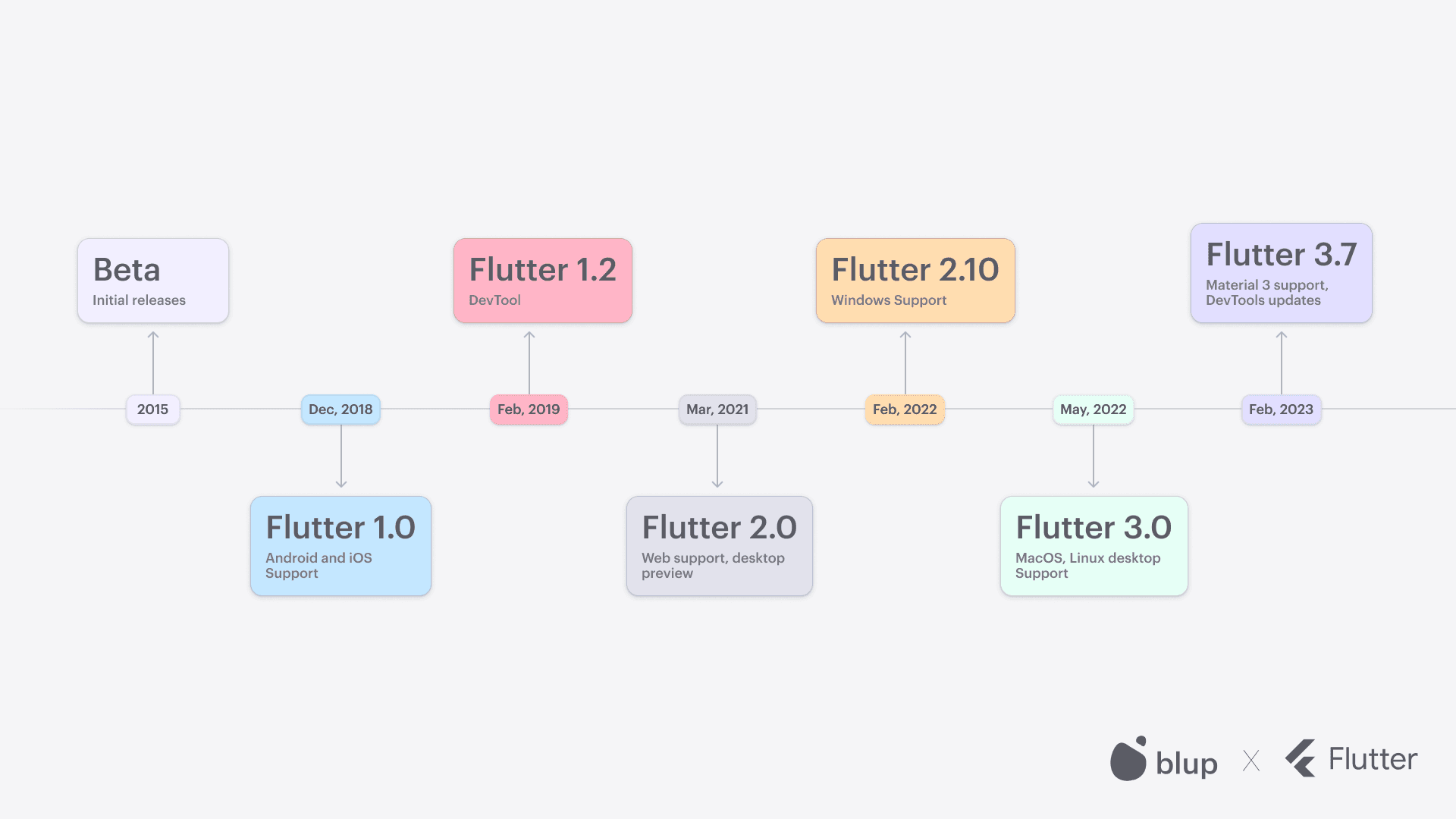
The first commit was made in May 2017, and after much anticipation, the beta version was finally released in February 2018. But it wasn't until December 4th of that same year that Google made the big announcement - Flutter 1.0 was now available and ready for prime time. This stable release was a game-changer, providing developers with the tools they needed to build production-ready apps.
And while the initial releases of Flutter focused on offering a mobile SDK to create native Android and iOS apps with a single codebase, Google had even bigger plans for its versatile platform.
A big leap for Flutter's app development
Flutter's evolution continued to impress with the introduction of The Hummingbird, which was unveiled as a preview in version 1.5. This exciting release allowed Flutter to extend its capabilities to the web, making it more versatile and accessible across different platforms.
Subsequent versions saw the inclusion of more powerful features like UI tools, widgets, and app bundles. Flutter version 1.12 was particularly noteworthy, with the introduction of support for iOS 13, a beta release of Flutter Web, Layout Explorer, and multi-device debugging. These updates brought a plethora of new possibilities for developers looking to create beautiful and responsive apps.
On March 3rd, 2021, Google announced the release of Flutter 2.0 in a spectacular Flutter Engage Event, sending waves of excitement across the developer community. This version brought along a host of amazing features, including a stable Flutter Web, the Null Safety feature, a new Canvas Kit renderer, and more iOS-specific updates.
Legacy of Flutter Developers
As Flutter continues to make groundbreaking strides in the tech industry, it's interesting to note that some of the key players who brought Flutter to where it is today have also gone on to explore new horizons.
Eric Seidel, the brilliant co-founder of Flutter, now enjoys a well-deserved retirement. Meanwhile, Martin Aguinis, Product Marketing Manager at Flutter, has ventured out to become CEO and co-founder of Clipjoy, and Tim Sneath, one of the early members of the Flutter team, now serves as the Director of Product and UX for both Flutter and Dart.
Flutter, the cross-platform mobile app development SDK, has been a trailblazer in the world of app development, winning hearts and acclaim from developers worldwide. With its robust testing and debugging environment, powerful rendering engine, platform-specific logic implementation, instant hot reload, and an ever-growing widget library, Flutter is at the forefront of mobile app development.
And with more exciting features in the pipeline, the Flutter journey promises to be a thrilling ride for developers and users alike. So hop on board and get ready to experience the future of app development with Flutter!
Blup, carrying Flutter's Mettle
Unlock your app development potential with Blup - the powerful IDE platform built on top of Flutter. Blup takes the hassle out of mobile app development, making the process up to 10 times faster and easier.
With its intuitive user interface, advanced code editing features, and seamless integration with Flutter, Blup will help you bring your app ideas to life in record time. Don't settle for anything less than the best - switch to Blup today and experience the power of Flutter like never before!
Apart from this, we have written other in-detail articles on Flutter and mobile app development. You can find them below:
We hope you read the ones you like and share them. See you later!
© 2021-25 Blupx Private Limited.
All rights reserved.





